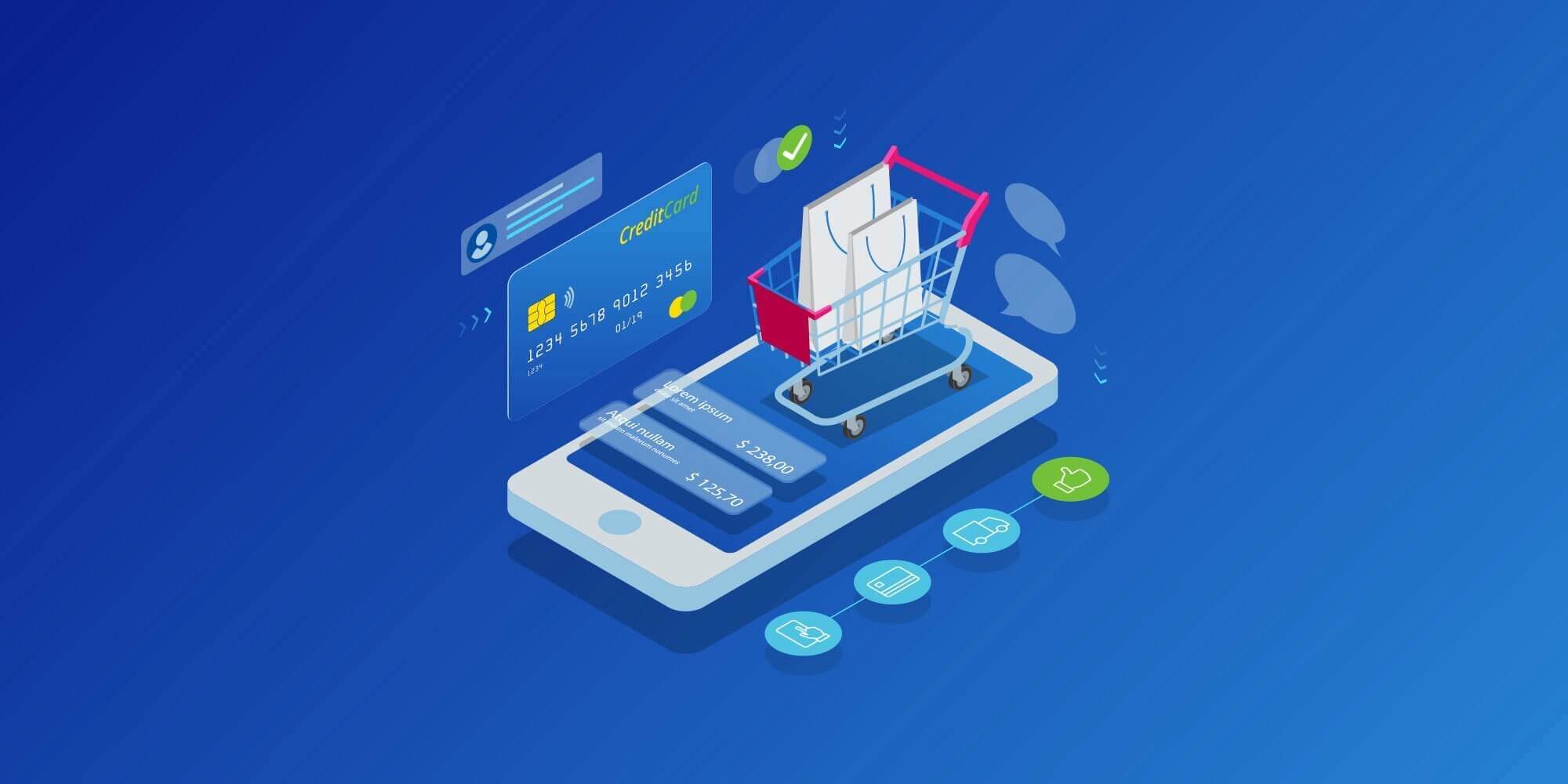The unintended consequences of Consumer AI
Posted 13 Dec 2017
Stimulating discussion among implementers and regulators of AI-based consumer products.
The integration of AI into consumer products is already impacting society. Some academics, businesses, and governments are calling for regulatory intervention, but where do we start?
It is no secret that the tight integration of Artificial Intelligence (AI) into consumer products is already impacting our society, with the technology affecting online e-commerce, news, and personalised health, to name a few areas. This has prompted a call for regulatory intervention from some academics, implementers, and government departments across the UK. As such, a report prepared for Digital Catapult by students at Cambridge Judge Business School has been published to stimulate discussion among implementers and regulators of AI-based consumer products.
From the report: “There is no consistent source that businesses and policymakers can refer to in order to build their understanding of the nature and effects of […] consumer-facing AI applications. This report fills this gap by focusing on the commercial developments of intelligent agents for personal use, defined by the authors as Consumer AI.”
The analysis is structured around unintended consequences and is based on primary and secondary research, including interviews with experts from business, government, and academia, as well as a UK-wide consumer survey. Through a qualitative approach, the report identifies 10 interest areas that offer guidance when discussing the impacts of Consumer AI. Most notably, the authors explore the application of agency theory to AI and propose a novel regulatory approach based on Agent Decoupling.
The key findings from this report are across 10 interest areas:
- Consumer Knowledge: The discrepancy between people’s perceived and actual understanding of technology is growing with the deployment of Consumer AI. Examples where this may apply include: chatbots, video-streaming services and social media news feeds.
- Principal-Agent Relationship: The traditional principal-agent problem sees a growing prevalence in applications of Consumer AI. Examples where this may apply include: video-streaming services, e-commerce platforms, self-driving cars.
- Agent Scrutiny: The increased use of certain AI techniques introduce difficulty in understanding and explaining agent behaviour, and thus require a distinct regulatory approach that does not impede AI research. An example of where this may apply is: use of deep neural networks to curate content such as news.
- Discrimination: Prejudice in the development and training of intelligent agents can lead to codified discrimination in Consumer AI. Examples where this may apply include: search results and AI-aided talent acquisition.
- Cyber Security: Concerns about the heightened impact of data breaches, compromised agents and offensive capabilities. Examples where this may apply include: compromised chatbots and weaponised malware.
- Market Structure: The market dynamics of Consumer AI may lead to market dominance, however there is no consensus regarding anti-competitive behaviour. An example of where this may apply is: lobbying for regulation that protects large players.
- AI Research: There is a shift of academics to the private sector, which leads to concerns about the privatisation of future AI research. Examples where this may apply include: Yann Lecun to Facebook’s AI Research and Fei-Fei Li to Google.
- AI Developer Ecosystem: Cheaper compute, open data, OSS, and accessible education services are collectively democratising the AI developer ecosystem. Examples where this may apply include: open source libraries such as TensorFlow, DSSTNE and Torch.
- Open Data: The implementation of Consumer AI has resulted in an increased demand for high-quality data as an integral part of developing and improving AI applications. Examples where this may apply include: private sector reliance on data.gov.uk and data.gov.
- Labour Market: Consumer AI’s impact in the labour market is less apparent as it affects cognitive jobs more than the typically considered manual occupations. Examples where this may apply include: music curators and algorithmic composition.
The deeper integration of AI into Consumer products has prompted a call for regulatory intervention. As businesses and policymakers begin their discussions, this report brings attention to the unintended consequences of the commercial development of intelligent agents for personal use. To find out more about Consumer AI and how it may impact your business, please download the full report:
Hadi Michel